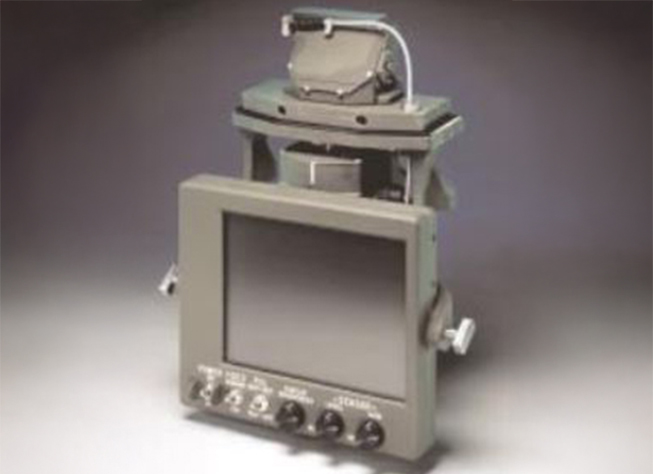DARPA proved that practical, uncooled infrared detector technology was possible under the Low Cost, Uncooled Sensor Program (LOCUSP) of the late 1980s. Previous generations of IR sensors used cryogenics to cool the detector materials and reduce system noise.
Although these steps proved to be effective – these earlier systems were credited with being a major factor in the U.S. ground victory in Desert Storm, for example – the sensors were costly to develop, prohibiting widespread distribution to combat troops. Under the LOCUSP program, cost-effective, uncooled IR detector technology was developed, fabricated, and demonstrated for use across various military applications.
In 1991, the Uncooled Focal Plane Arrays (UCFPA) project was started under the Balanced Technology Initiative to create practical applications of DARPA’s research into uncooled sensor arrays. Under this effort, uncooled focal plane arrays were advanced for applications such as surveillance systems for perimeter defense and weapon sights.
